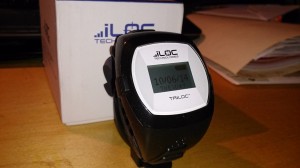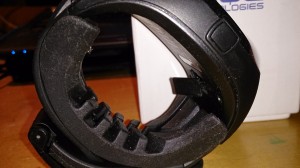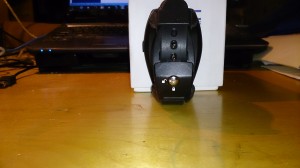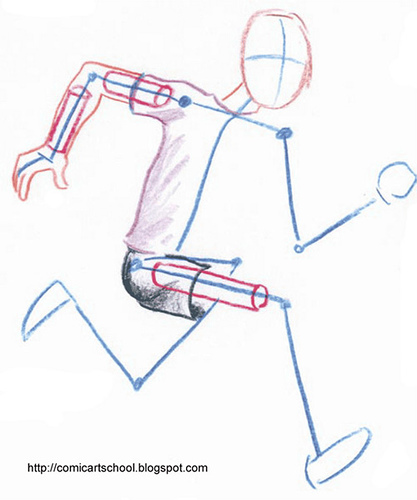One of the biggest concerns of most autism parents is the safety of their kids. People with autism – both young and old – are a flight risk. They can wander away, driven by motivations known only to themselves, and end up dead or seriously injured. Autism itself does not affect a person’s natural lifespan, but statistics show that people with autism are more than twice as likely as the general population to die of accidental causes, because of their tendency to wander off and get lost.
Thanks to companies like iLOC Technologies, the world is becoming a safer place for people with autism. iLOC has created a mobile personal emergency response solution called TRiLOC, which comes in the form of a GPS tracking watch worn by the individual with autism. A parent or caregiver can then track the movements of the individual using a secure website or a Smart phone app.
Although it is somewhat bulkier, the TRiLOC has the appearance and functionality of a regular watch. Because of its size, it is designed more for adults than children, but it does come with a spacer that can be attached to the strap to make it fit more snugly on children. Even with the spacer, the TRiLOC is probably not viable for children younger than about nine, since a child with a small hand would be able to slip it off. In any case, the bulk might make it too heavy and uncomfortable for very young children.
When I was told, before receiving the TRiLOC, that the clasp on the strap is childproof, I had my doubts. My child with autism has overcome many things claiming to be childproof, including just about every babyproofing device we tried to install in our home when he was born. However, the TRiLOC definitely lives up to this claim. The clasp is difficult for a typical adult to manipulate, never mind a child with autism. Not only that, it is lockable, and a sturdy cover clips over the top of the lock. I can close and lock the clasp and feel complete confidence that my child will not be able to get it open.
Before putting the TRiLOC on my son, I wanted to first use it myself to test the functionality. I had some initial trouble using the tracking app on my phone, but the man at iLOC Technologies was extremely helpful in getting me set up. Once I was sorted out, I discovered that I can locate the TRiLOC immediately, at any time, simply by tapping the “Find Me” button.
The app can be set up to notify you of the TRiLOC’s location every 60 minutes (default standby mode), every 10 minutes, or every minute (emergency mode). Notifications can come in the form of a text message to one or more cell phones, or an email to one or more email addresses. I have my alerts set up to go to both my text messages and my inbox. Alerts are also logged in the app itself, where they stay until they are cleared.
In addition to the basic alerts, you can set up the app so that you get notified about specific events, for example, the clasp being opened or the individual falling. The alert that really excites me, though, is the overspeed alert. You tell the app what the threshold speed is, and as soon as the TRiLOC starts traveling above that speed, you get notified. You can also set up the app to immediately go into emergency mode when the overspeed alerts kick in. Then you get minute by minute notifications of where the TRiLOC is, complete with full hyperlinked GPS coordinates.
Another nifty feature is the geofence. On the app, you simply select a central point and draw a circle around it. If the TRiLOC leaves that perimetre, you get a notification. Up to four geofences can be set for one device. We have one set up around our house and another set up around my son’s school. The geofence notifications can be turned on and off as needed.
After a period of rigorous testing, the TRiLOC definitely gets my stamp of approval. Right now, we are in Phase II of the testing, which involves my son wearing it on a day to day basis. A follow-up review will be posted, in which I will describe his experiences and those of his teachers and other caregivers in using the TRiLOC, and in which I will talk about more features that haven’t been described here.
In the meantime, it should be noted that although I am describing how TRiLOC can be used for individuals with autism, it can be a lifesaving device for people with other conditions as well. If you are the caregiver for someone with any developmental or neurological disability, TRiLOC is well worth considering.
This is an original post by Kirsten Doyle, published in accordance with my disclosure policy. A TRiLOC unit was provided to the author in exchange for an honest review. All photos are credited to the author.














